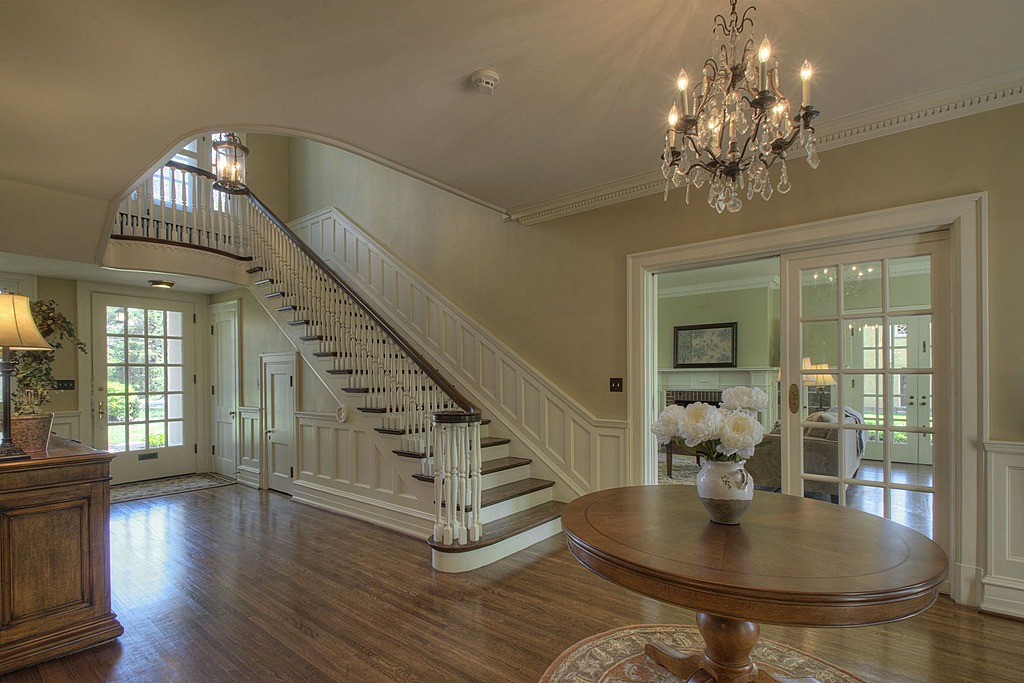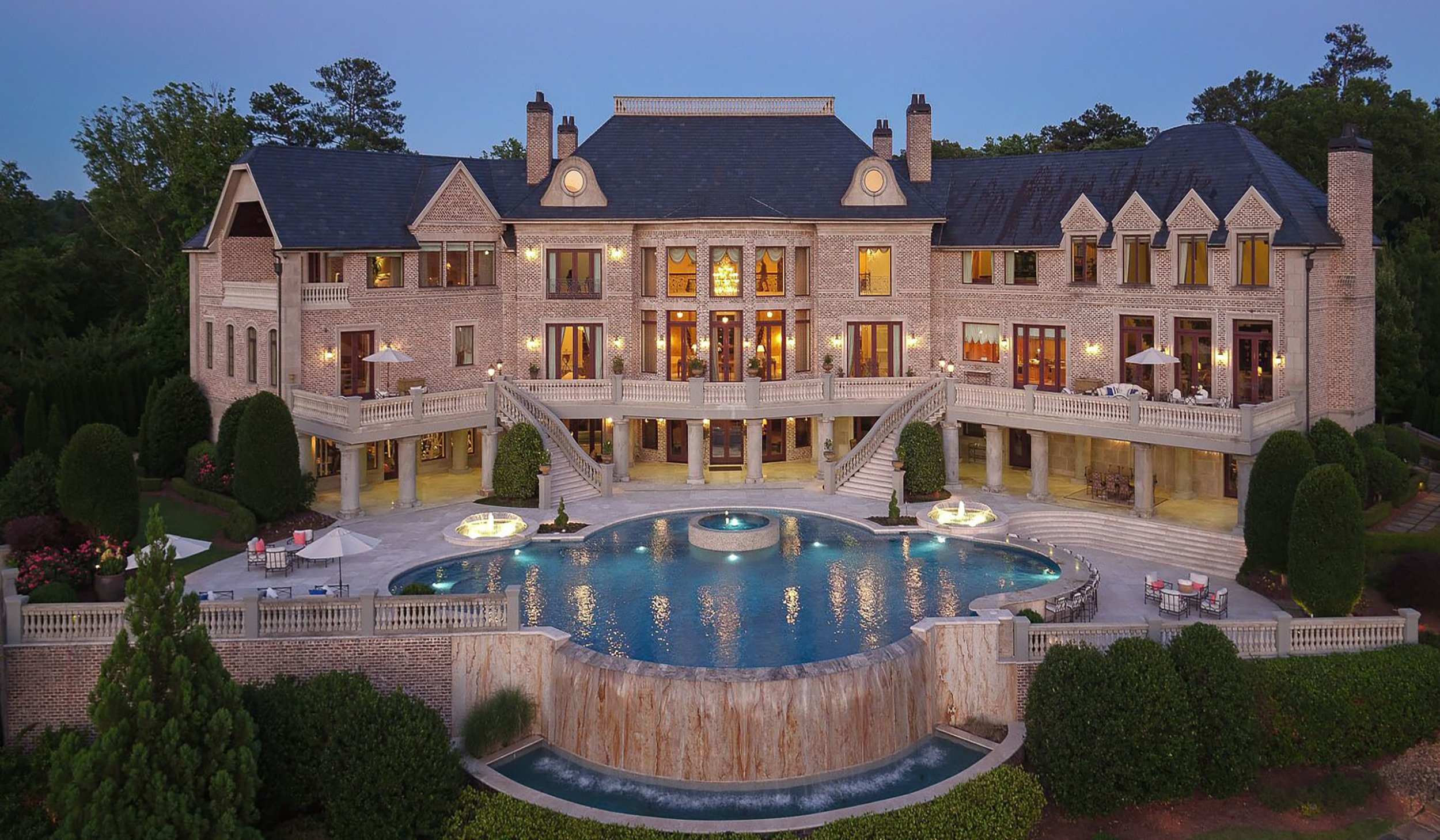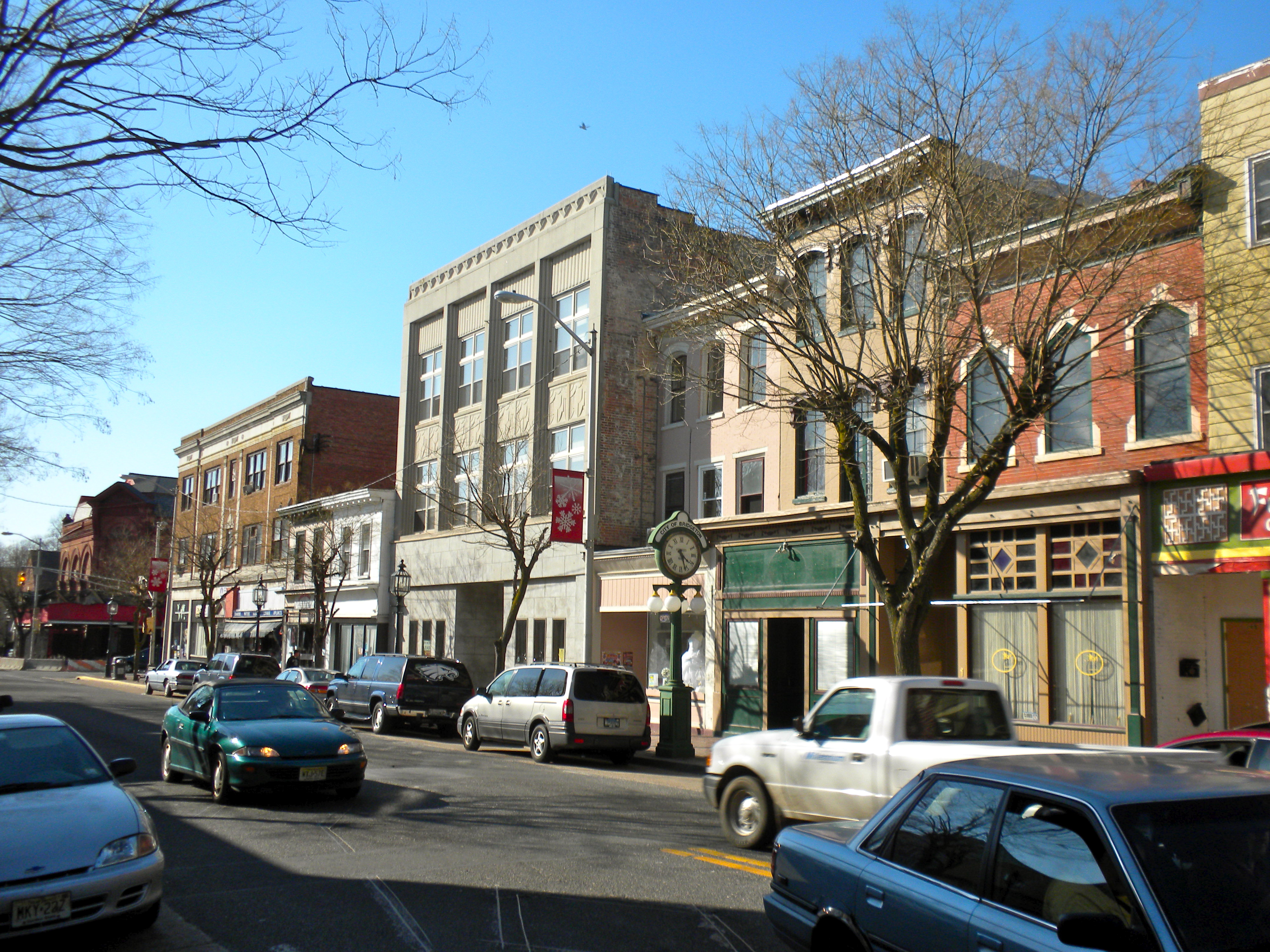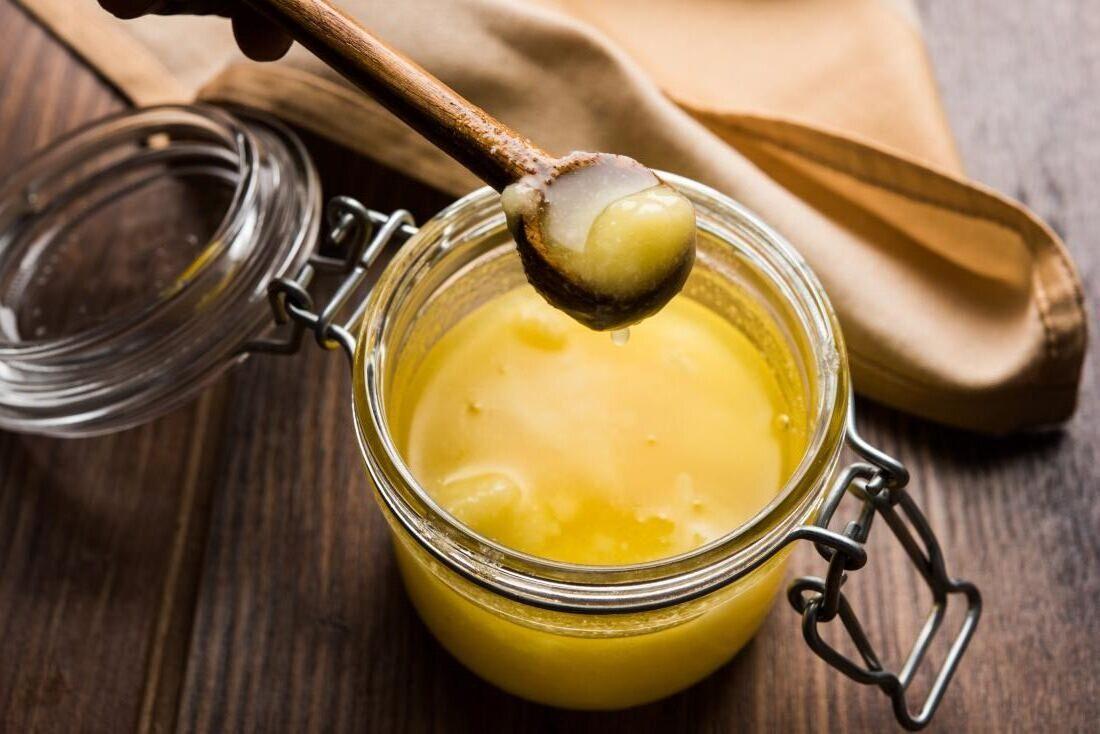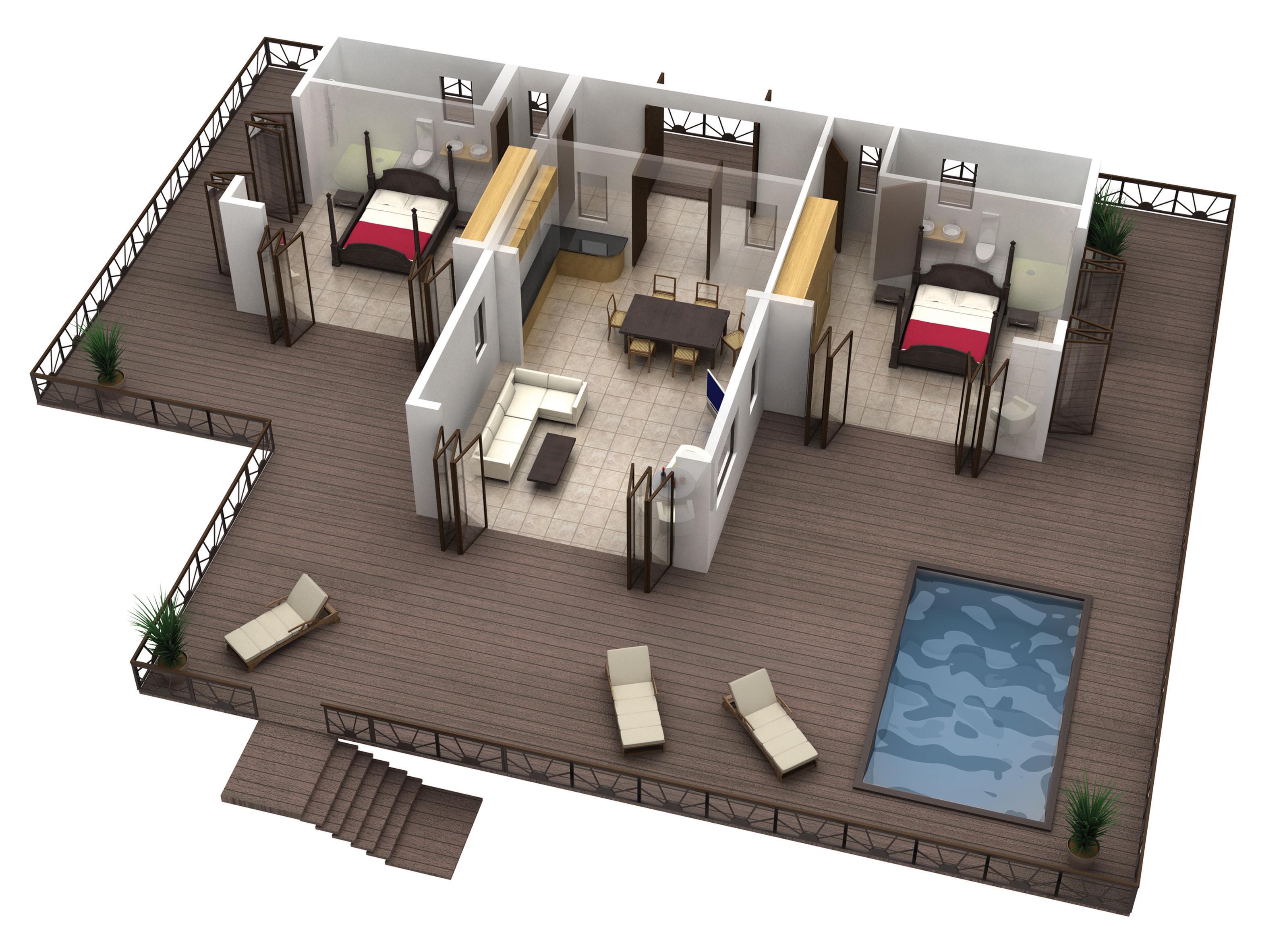Table of Content
The end result is a list of some of the best soundproofing materials available. This batt insulation consists of mineral wool, which does a good job of reducing sound while also resisting moisture, water, and fire. And, because it hides behind the drywall, it leaves room for creatively decorating the space after the renovation. However, although this product easily fits in 16-inch stud bays, it requires unobstructed access to those stud bays. Mineral wool insulation simply pops into a stud bay, while underlayment just needs to unroll and lay on the floor. From soundproof foam to acoustic panels to mineral wool and more, the following are some reliable soundproofing products for home and professional use.
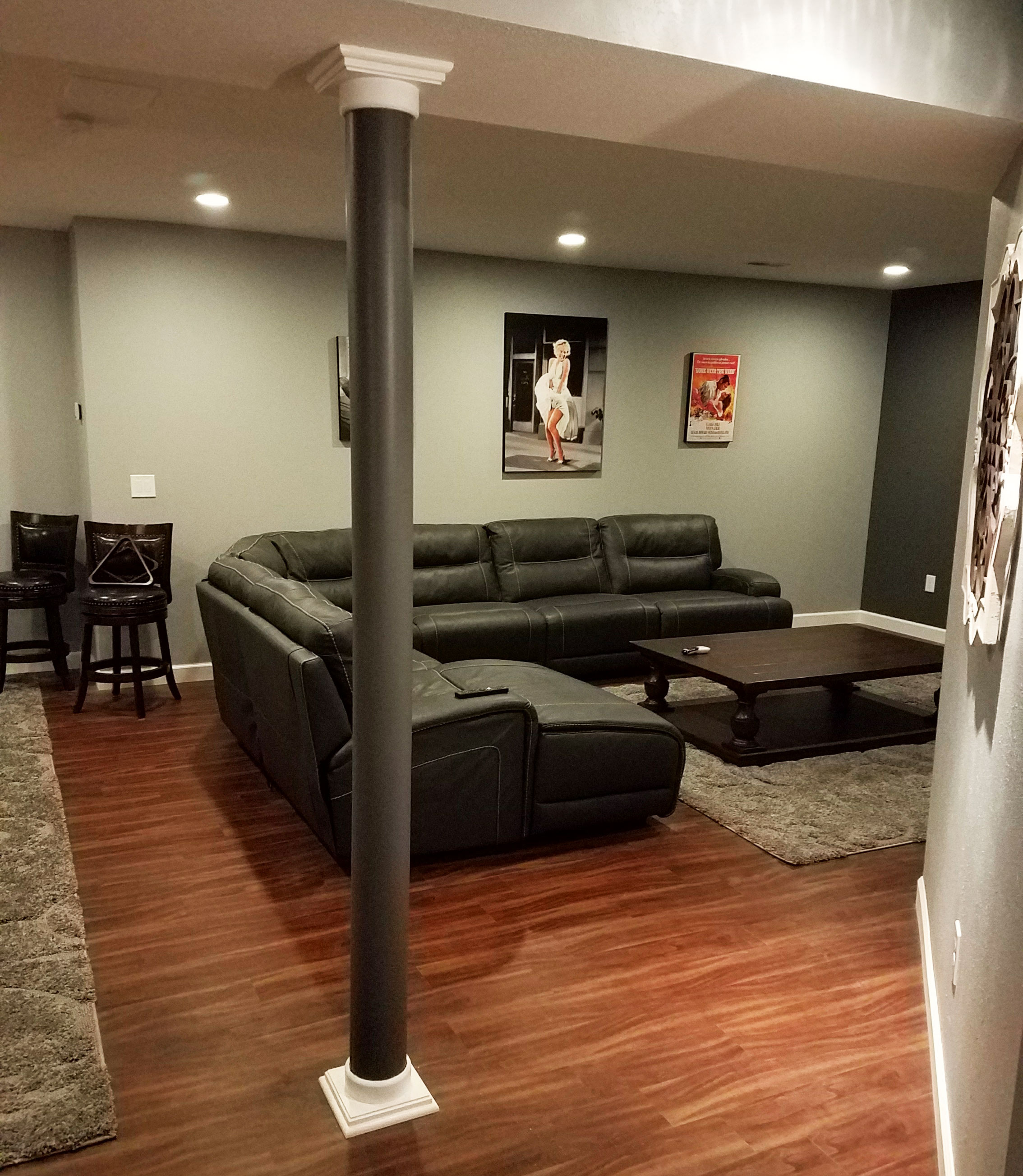
The 2-foot by 4-foot panels are 2 inches thick and have solid wood frames that make them a snap to hang or attach to a wall. Though available in a few different colors, neutral options like ivory and natural tend to suit homes and offices best. It doesn’t matter how well the walls are insulated if the windows don’t have a sound barrier stretched across them. Soundproofing windows with window treatments can block out unwanted noise, reduce sunlight, and doll the place up a bit. They also prevent sounds from within a room bouncing off of the glass and creating reverberation or echoes.
ROCKWOOL Soundproofing Fire Resistant Wool Insulation
Thermacels are tiny vacuums filled with a bit of pigment, and it’s this pigment that really helps muffle the sound. Cheaper models can cost well under $1 per square foot, while decorative soundproof panels can cost more than $25 per square foot. This caulk comes in 29-ounce tubes, so users will need large caulking guns, though it then becomes very easy to apply. Also, understand that this sealant doesn’t come out green; it’s white and totally paintable. Once applied around a window or door, it will cut down on noise transmission plus offer a bit of insulation. Anyone installing a new floor who would also like to benefit from some noise reduction should consider FloorMuffler’s Premium Underlayment.
This creates an effective noise barrier and serves as the moisture barrier almost all flooring materials require. First, we looked for options that spanned the different types of soundproofing materials. Then, we compared NRC and STC ratings between those products to offer the most effective models. Finally, we looked at all the chosen products and sorted them by the most common categories that shoppers would require.
Soundproof Drywall Home Depot
When needed, safely machine-wash these curtains in warm water with a mild detergent and iron them on low heat. It’s described in numbers, and it determines how well something blocks sounds and noise; generally speaking, higher numbers are better. The cost per square foot varies depending on the coverage, but a can of acoustic paint costs anywhere between $40 and $100. We may earn revenue from the products available on this page and participate in affiliate programs.

Changes made, such as hanging curtains or installing acoustic panels, may seem to make a major difference right away. However, over time, they might feel less effective as the user gets used to the change. For that reason, there is a rating system to help offer concrete answers as to a soundproofing material’s effectiveness. One of the most effective ways to soundproof a room or space is to use sound insulation. This insulation looks similar to fiberglass thermal insulation, but it’s typically made from mineral wool, as it is denser and more expensive than many other options. However, there are sound-insulation materials made from recycled blue jeans and other fabrics.
How We Chose the Best Soundproofing Materials
Generally speaking, acoustic panels are made from an acoustic foam material meant to capture and muffle soundwaves. More expensive panels might also have a colorful fabric or pattern stretched across them to give a decorative vibe. The cheapest soundproofing material is generally foam, which is fairly effective and easy to install. Anyone searching for the best soundproofing material should consider the ATS Acoustics Panel for its superior NRC rating and ease of installation. However, for those who’d prefer to save a bit of money, the SoundAssured Acoustic Studio Foam can make a significant difference in a noisy environment. The mat is easy to cut and features a self-adhesive backing that the user must simply stick in place.
The material also indicates that it was installed properly by laying perfectly smooth. While the KILMAT Automotive Sound Deadener Noise Insulation installs easily, it requires a roller, which some DIYers might not have on hand. The budget-friendly SoundAssured Soundproofing Studio Foam wedge panels are available in a host of colors, including blue, green, and purple. The panels come in sections that are 1 foot square and 2 inches thick to keep noise to a minimum. They’re sold in a set of four, and shoppers can purchase several sets in different hues to create a fresh, exciting pattern at an attractive price. Sound installation installs the same way as fiberglass insulation, making bare stud walls necessary.
Q: What is the best material for soundproofing walls?
For that reason, it’s best to plan ahead and insulate the walls during construction or a renovation. The insulation can cost around $250 for a large room, but the price varies depending on the room size and shape. Rather than hanging an acoustic barrier on a wall, it’s possible to paint it on. Acoustic coating, also known as soundproof paint, is a type of water-based paint designed specifically to hinder the transfer of sound waves. These coatings contain ceramic microspheres, sound-absorbing fibers, and thermacels.
For a podcast or music studio, full soundproofing might be necessary, requiring a larger budget. For someone who just needs to be able to sleep through school dismissal or a neighbor’s barking dog, a smaller budget should do the trick. Noise Reduction Coefficient describes how a product absorbs sounds, and it works on a range of 0 to 1, with 1 being the most effective. NRC ratings can be highly effective for determining a product like a panel or curtain’s effectiveness. The best way to soundproof a set of windows is by using sound-reducing curtains like the NICETOWN 100% Blackout Curtains Noise Reducing Drapes.
Generally speaking, curtains and acoustic panels are the easiest soundproofing materials to install. Next would likely be soundproof paint, though its effectiveness might not be realized without additional soundproofing methods. Finally, underlayment and wall insulation are more challenging but entirely worth it if there is already a project afoot. When determining which method or type of soundproofing materials to use, installation should be a major consideration. For someone who isn’t very handy, curtains and acoustic panels might be as far as they’re comfortable going. But for someone with some serious DIY chops, knocking down some drywall and installing soundproof insulation could be the best choice.
Installation is easy with spray adhesive or double-sided utility tape strips. They’ll also do a decent job of absorbing light, keeping excess light reflection to a minimum. With an NRC rating of .65, they’re adequatebut not as effective as some other options.
This acoustic-coating product seals cracks and gaps along windows, doors, flooring, ceilings, and anywhere else two objects might meet and not create a perfect seal. While this product is not STC or NRC rated, it is the next logical step after insulation, underlayment, and other, bigger soundproofing projects. The time to install a floor underlayment is when installing a new floor or carpet. This form of soundproofing will cost anywhere from $1 to $5 per square foot, depending on the product and materials. Before putting this list together, we wanted to ensure we were suggesting the best soundproofing materials on the market.

The ATS Acoustic Panel offers an NRC rating of 1.0, making it extremely effective at reducing noise. The jute fabric will also do its part to minimize light reflection—especially helpful for folks who need to sleep in after the sun rises. However, if all that’s required is echo control, there are less expensive options that will do the trick. As explained above, the cost for each type of soundproofing material depends on several factors. The size of the space being soundproofed is likely the most important factor. Design and aesthetics can drive the price up, and if a renovation is necessary, the price can soar.
KILMAT Automotive Sound Deadener Noise Insulation
While all fabrics help reduce sound, the main material in a set of sound-deadening curtains is PVC, which reflects sounds rather than capturing them. Regular curtains are generally expensive, but acoustic curtains can cost two to three times as much as a typical window treatment. They’re also not available in as many colors or styles, but they’re an effective way to top off soundproofing efforts. These soundproof and blackout curtains from NICETOWN feature two layers of thick, triple-weave polyester fabric.

In order to do that, we had to perform extensive research and compare the best features and capabilities of all these products. When it comes to adding a layer of soundproofing behind the drywall, it’s tough to beat ROCKWOOL’s Soundproofing Fire Resistant Wool Insulation. This product can reach an STC rating of up to 52, creating a solid foundation for soundproofing rooms or studios. For those who don’t find foam panels or rubber sheets especially attractive, these jute-covered acoustic panels are bound to please.















